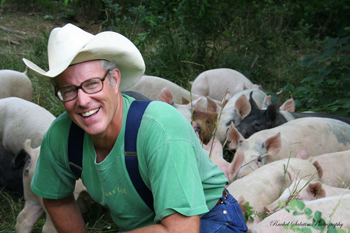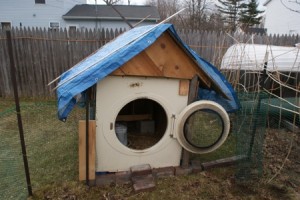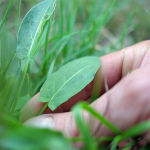
A very unusual building came to my attention a few days ago. Shaped like the Greek symbol Ohm, the proposed 140 meter Bandra Ohm residential tower (named the Parinee Ism by the architects), currently under construction in Mumbai, India, is designed to evoke the ripple effect generated by water droplets, also known as capillary waves. According to designers James Law Cybertecture, the outline of the tower demonstrates the fluidity and dynamic nature of the ripple. The design features a central void containing an orb-shaped clubhouse. Even more striking, however, are the glass-walled swimming pools on the balconies. Continue reading






